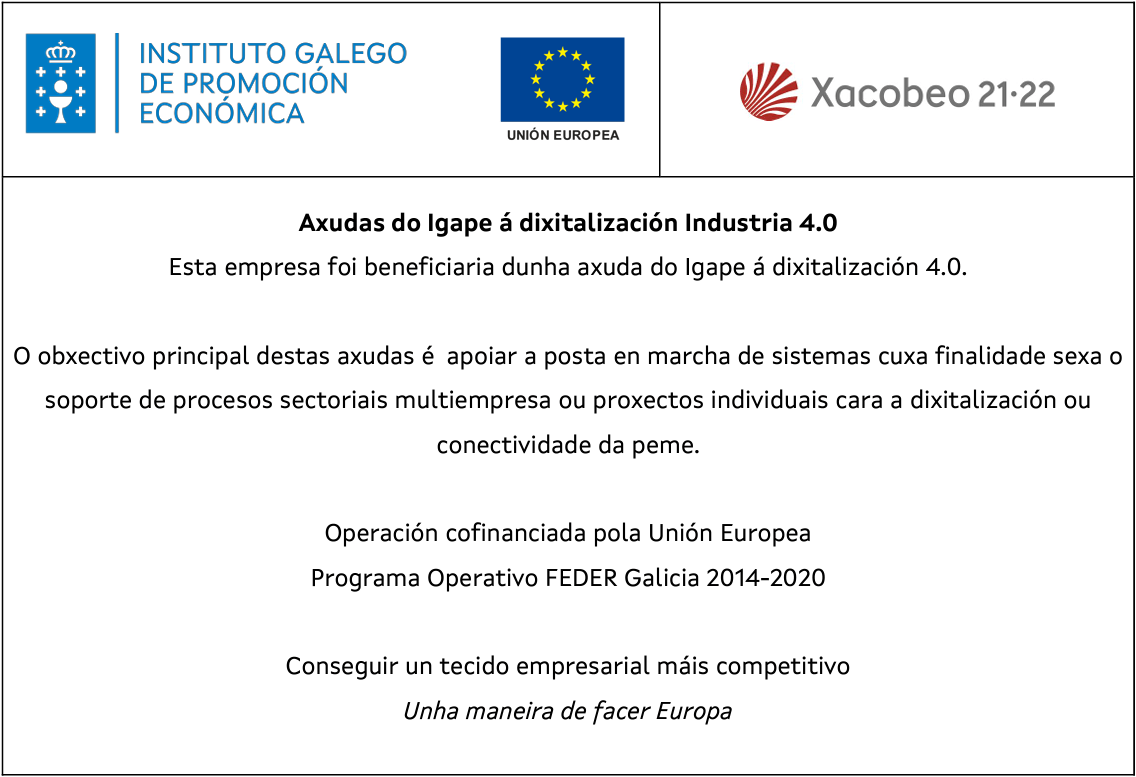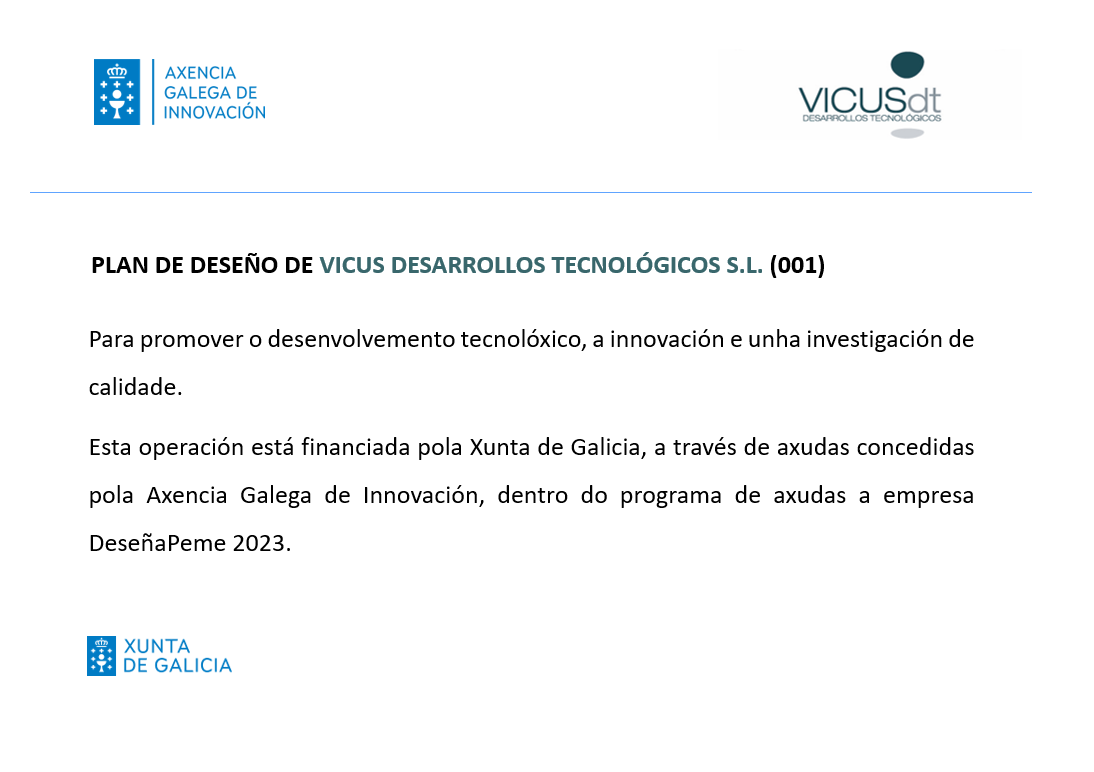A scenario with oil not cheaper than $ 200 a barrel should make us think on the best way to adapt our economy and industries to this situation, that will probably be a reality in a few years.
This scenario has a huge impact on the industry but particularly affects maritime transport and fisheries sectors in which the cost of fuel is the most significant expenditure having a direct impact on the income statement. Every ship owner is nowadays interested on every technology able to reduce the fuel bill, devices providing small improvements in performance and which were despised a few years ago became now very interesting.
Since the construction of the first ships, they have always been equipped with mobile devices for the government, having evolved from primitive paddles arranged on the sides of the ship to the conventional blades attached to a rotating vertical shaft located on the ship’s stern.
Stern propellers are the most common propulsive solution nowadays; this arrangement creates a flow of water at high speed, which impacts on the rudder surface, improving this way its manoeuvring response.
As the efficiency of a typical propeller can be about 60%, we wonder whether it is possible to increase the propulsive performance of the ship trying to recover some of the energy lost in the propeller so as to improve its interaction with the rudder.
The use of CFD tools together with towing tank testing opens up new possibilities in the study of complex hydrodynamic phenomena occurring in the stern of the ship and in particular between the propeller and rudder; this type of analysis assist the design process of devices like rudders, not only for improved manoeuvring (which is its main role), but also for achieving a maximum energy recovery in the service condition.






